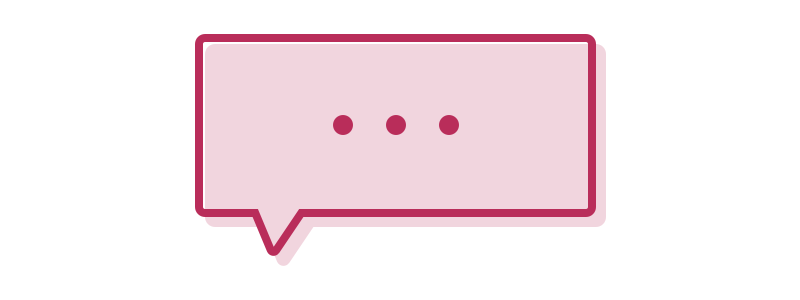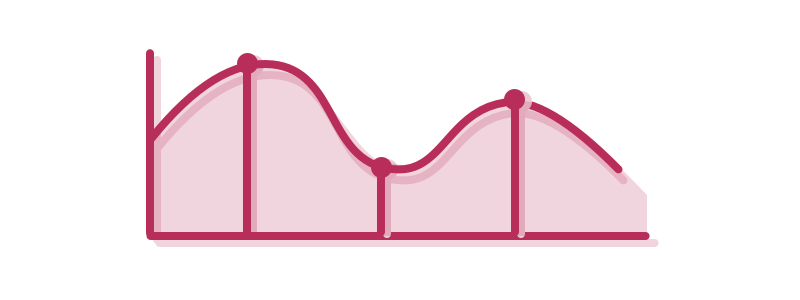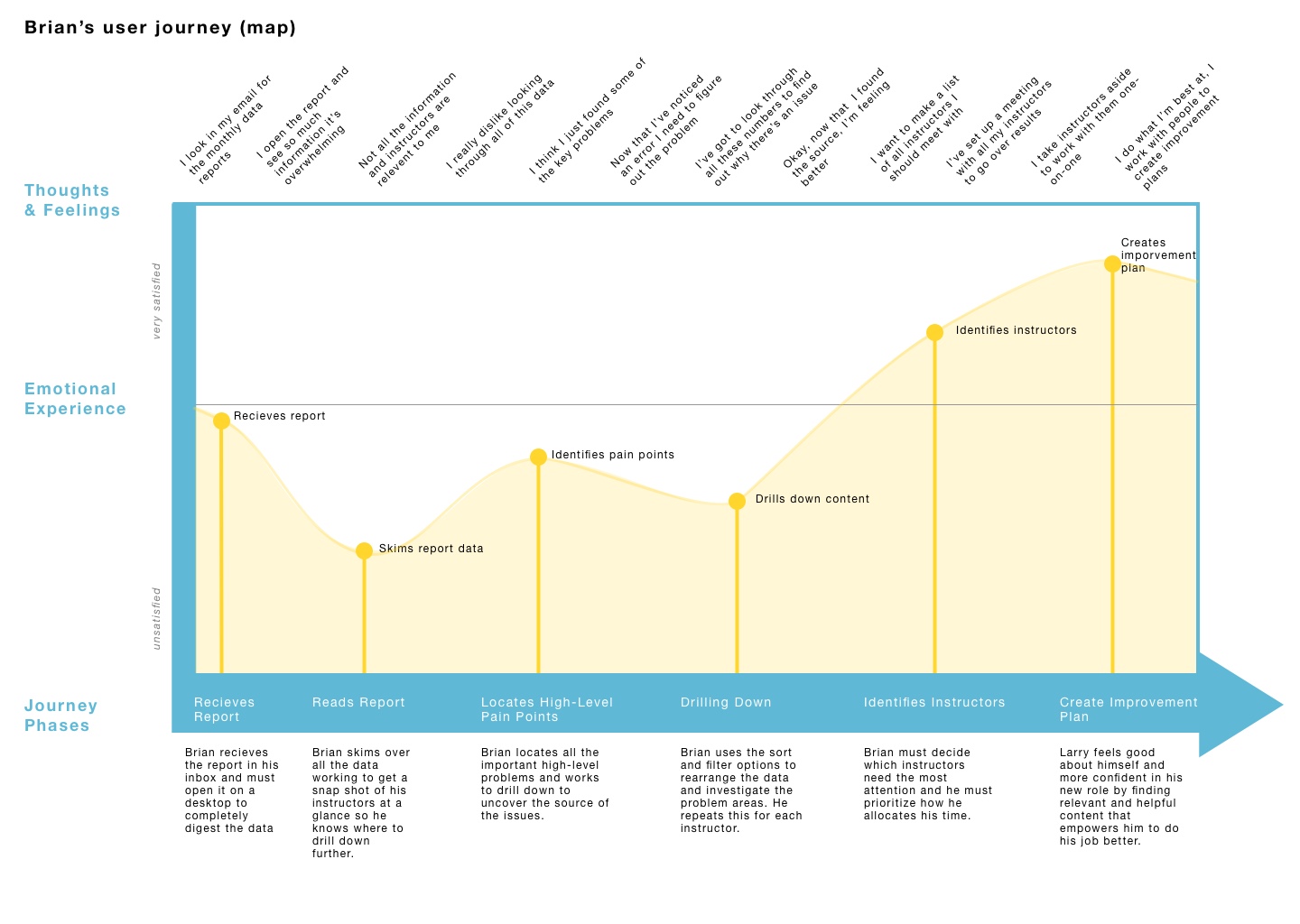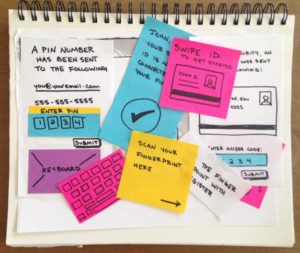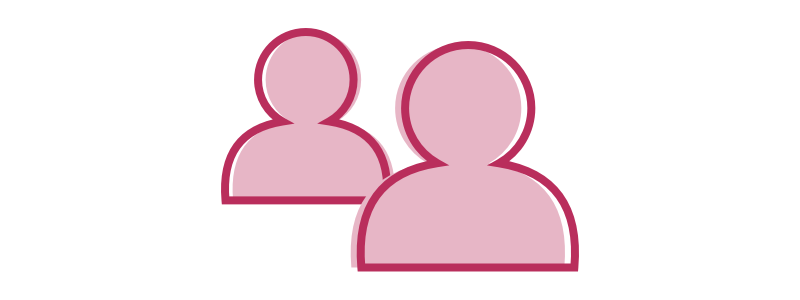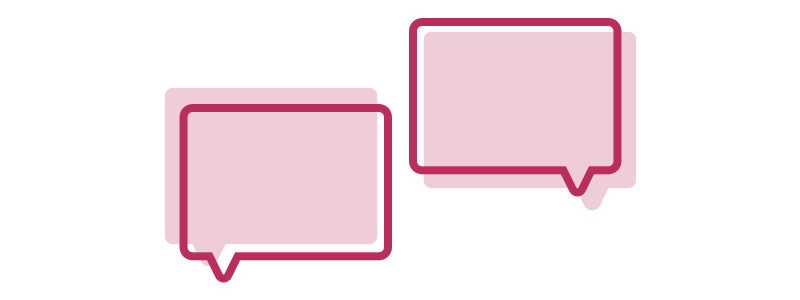Word: Open-ended questions
Definition: An open-ended question does not have a right or wrong answer. It doesn't even have pre-determined ideas for what the answer might be. Such questions cannot be satisfied with a simple yes or no.
Thoughts: I know this seems like a simple word to define but it is so important to understand the art of question-asking when conducting user interviews. An open-ended question provides room for discoverability and this is where the heart of UX problem- solving lives! The more open-ended and vague your question is, the more room you give your user to dig deeply and thoughtfully. Don't be afraid of silence either. Users may shy away from open-ended questions by giving an insufficient answer. When this happens, let the silence linger, and the user will likely expound on her answer to fill the awkward moment. Once the silence is filled, you will be glad your question gave room for this opportunity.
